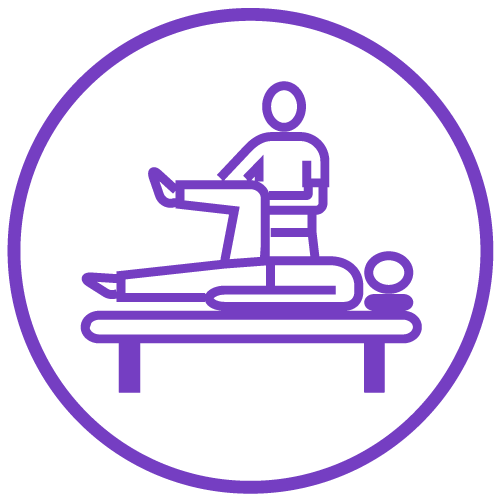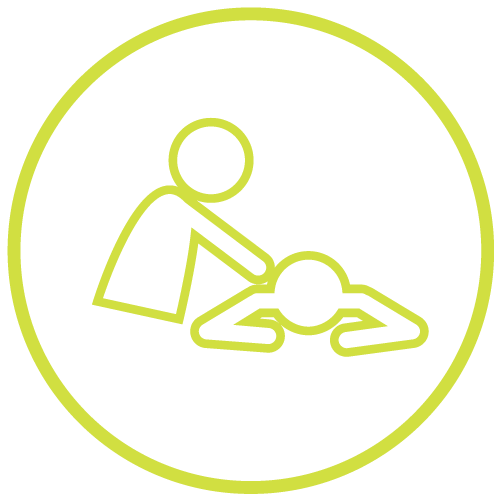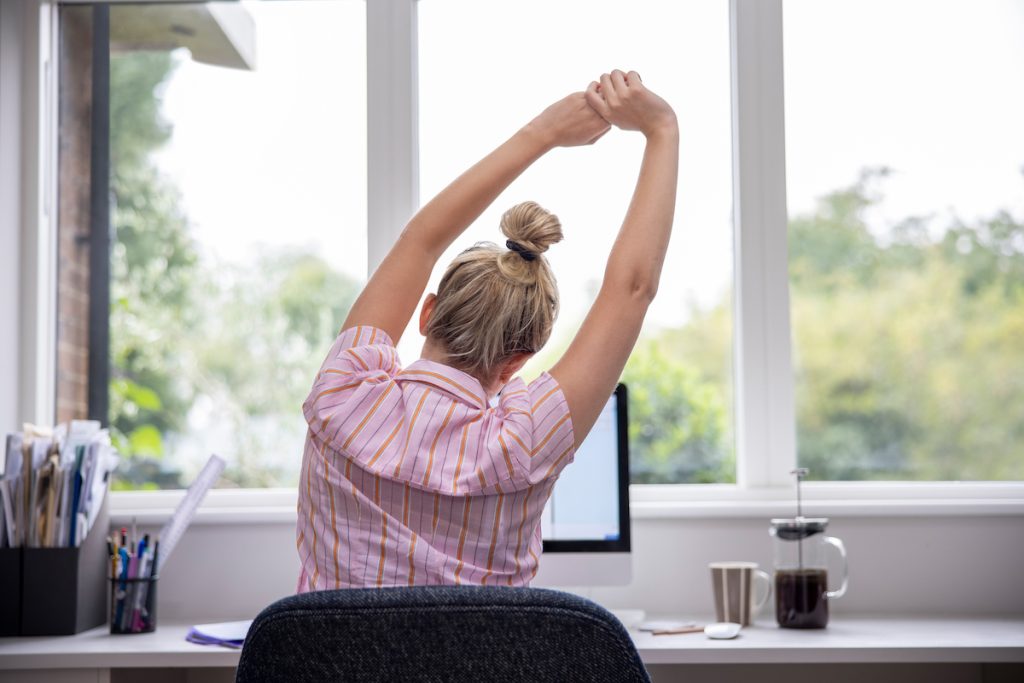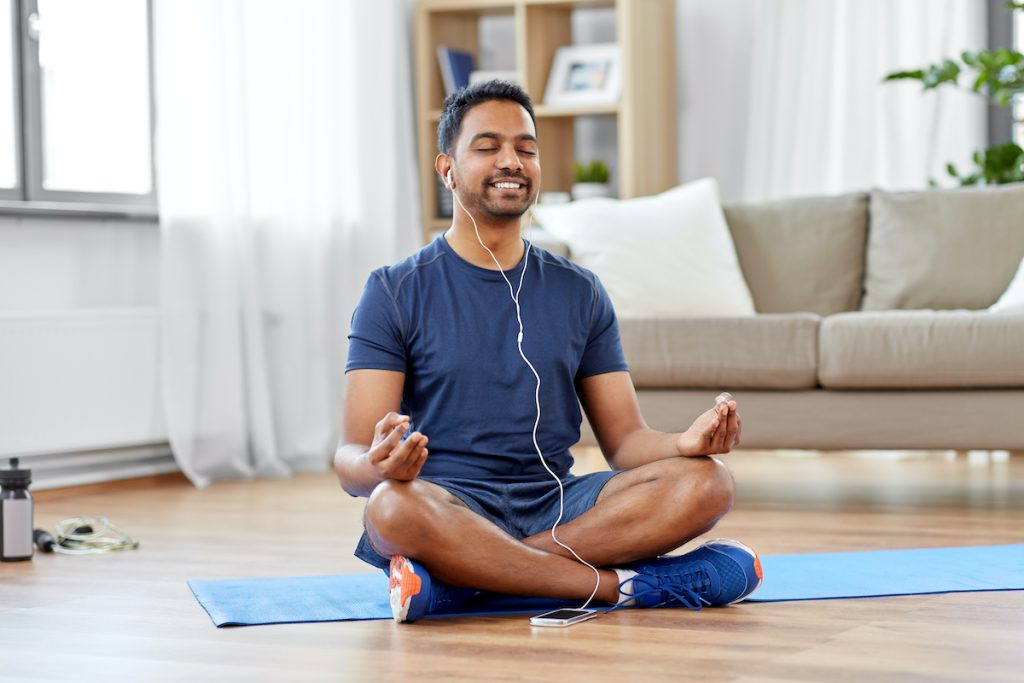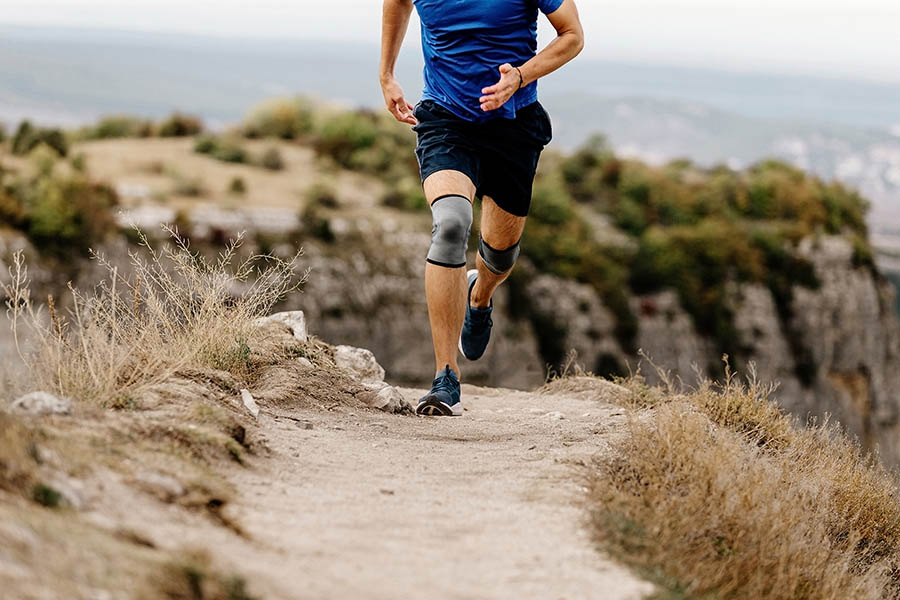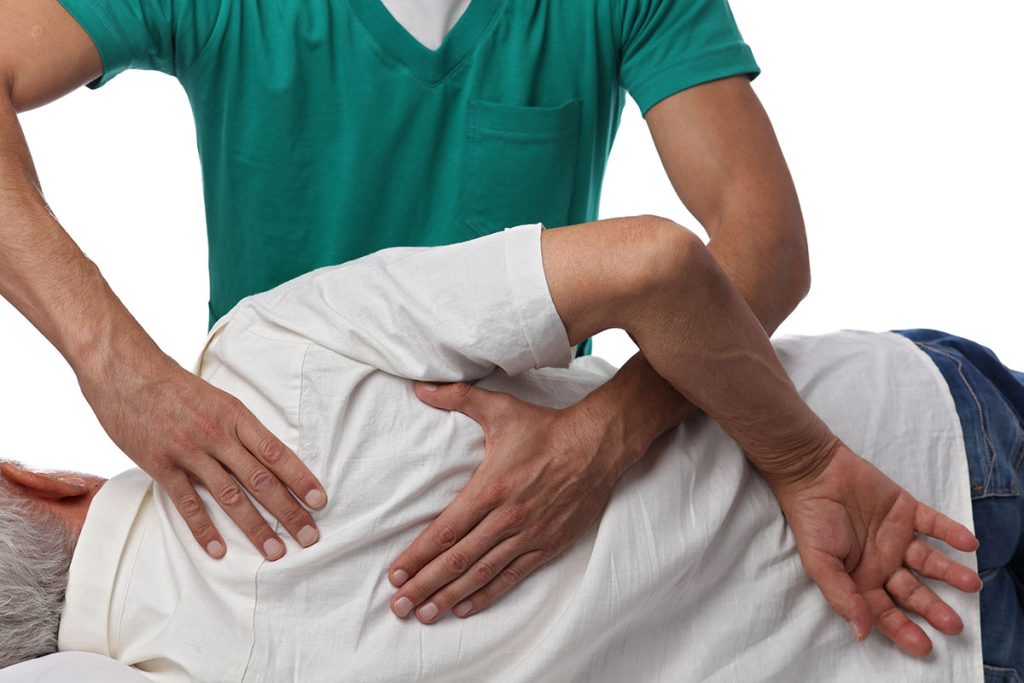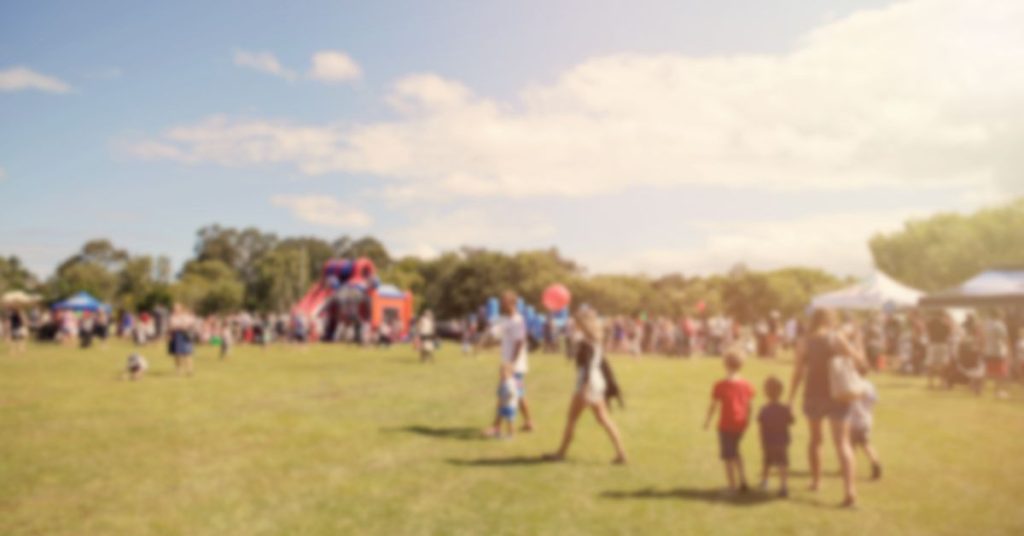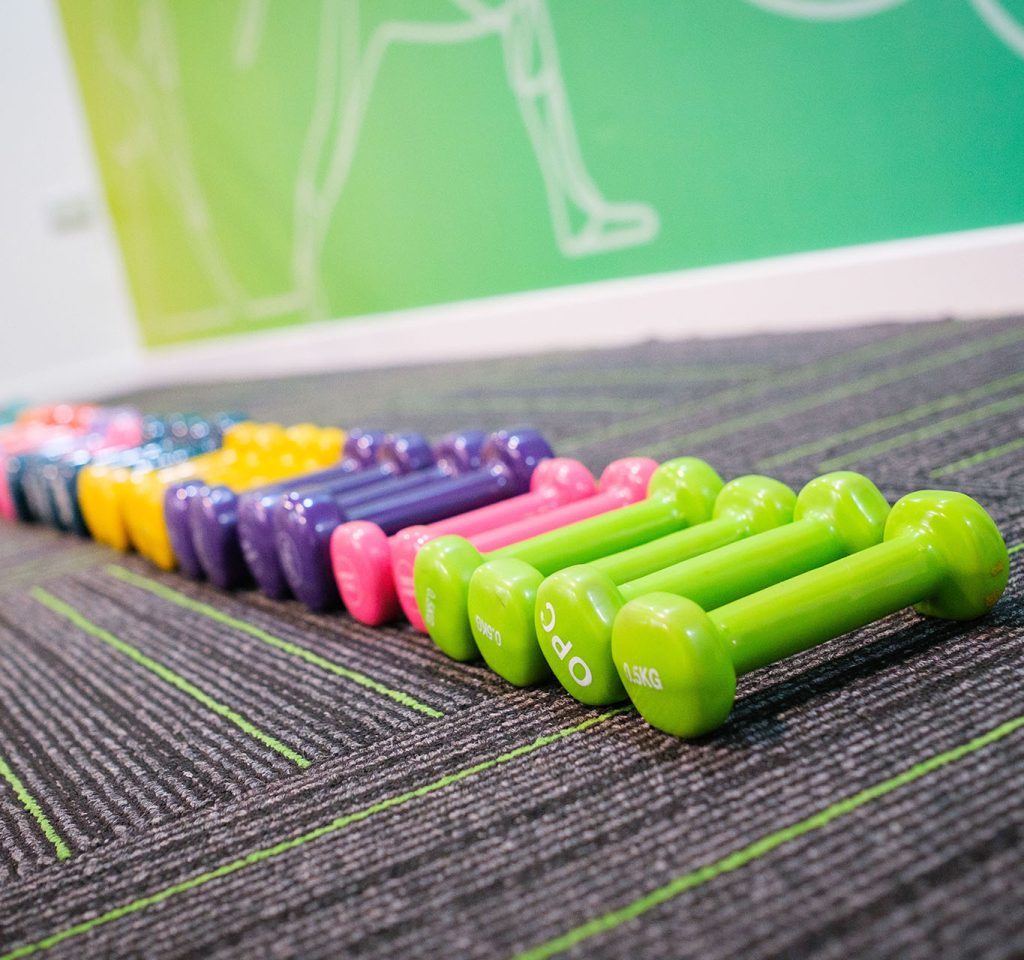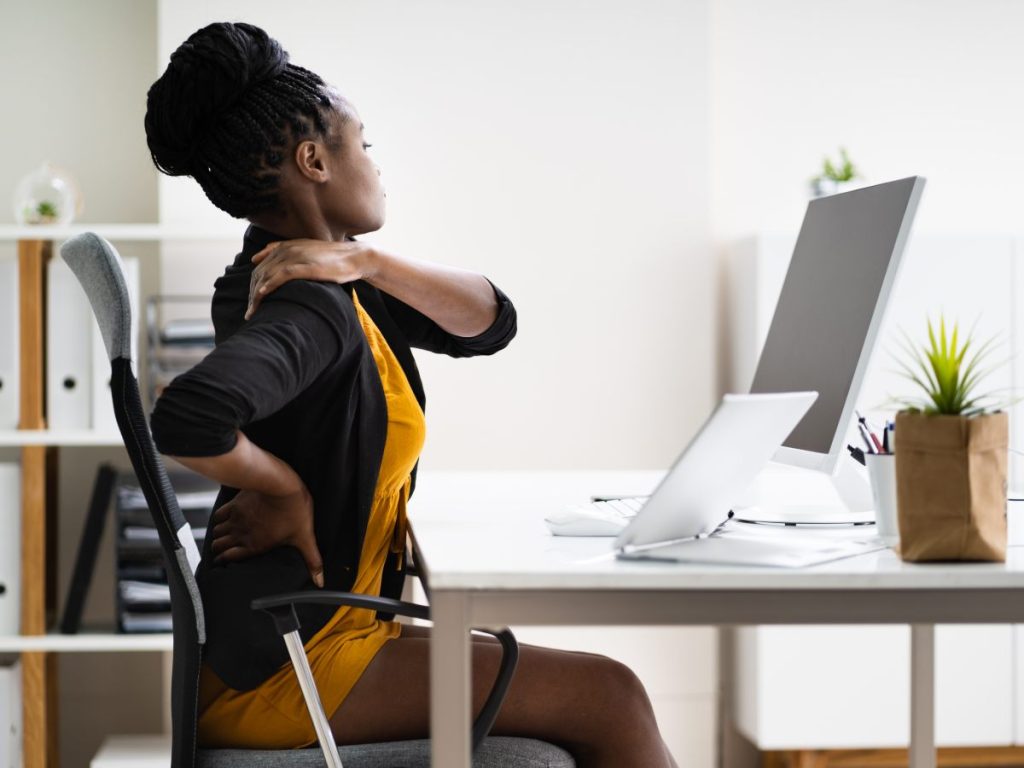What is a Sever’s disease?
Sever’s disease (also known as ‘Calcaneal Apophysitis’) is a condition that involves the growth plate at the back of the heel bone. In Sever’s disease, the growth plate becomes inflamed from excessive or repetitive traction or shearing forces from the calf muscles, which attach into the back of the heel through the achilles tendon.
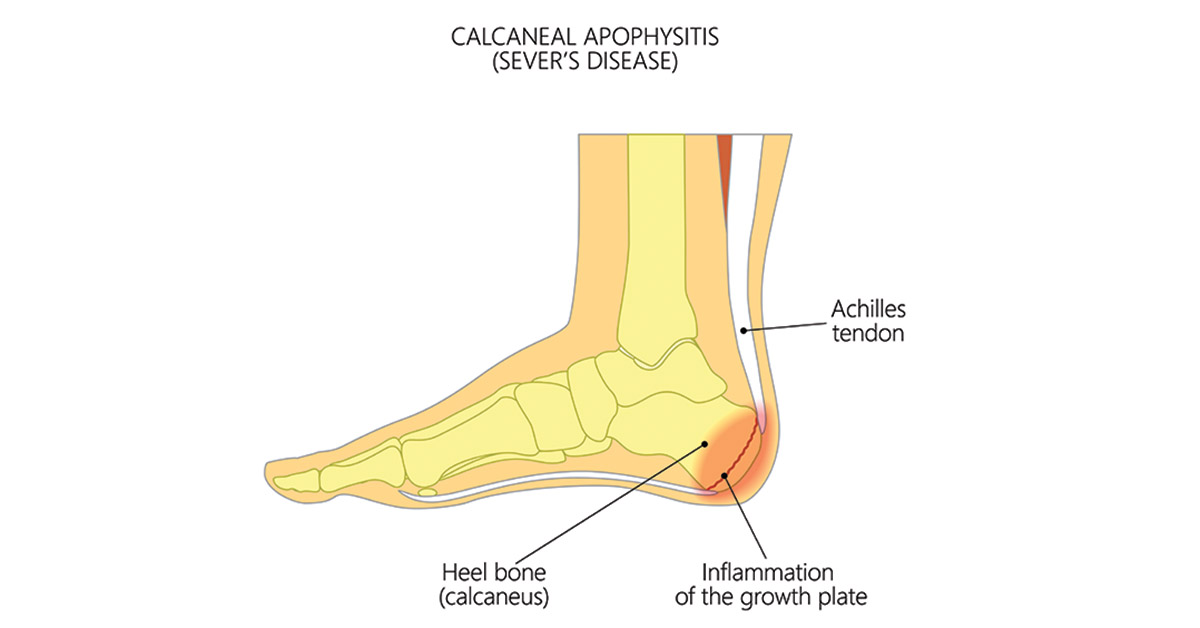
As it involves the growth plate, Sever’s disease only occurs in growing children (in adults, this growth plate has been fused). It tends to be more common in boys than girls, typically occurring between 7 and 15 years of age, especially if the individual is more active, eg with sports.
What causes it?
Sever’s disease usually results from a combination of the following factors:
- Stiff ankles and tight calf muscles – if ankle flexibility is decreased and the calf muscles are tight, there will be more pressure on the back of the heel where the muscles insert (and where the growth plate is situated).
- Growth spurt – During a growth spurt, bones can grow faster than the muscles can keep up with (a common cause of many ‘growing pains’). In the case of Sever’s disease, this puts pressure on the back of the heel.
- Increased physical activity – Many sports involve a considerable amount of calf muscle activity and ankle/heel movement, particularly sports involving running or jumping. This can therefore place a child who is still growing at greater risk of developing Sever’s disease.
The majority of cases are caused by sports (repetitive loading), but spondylolysis can also be congenital (ie born with it), degenerative (in older adults – from arthritis), or traumatic (from a specific incident that causes injury).
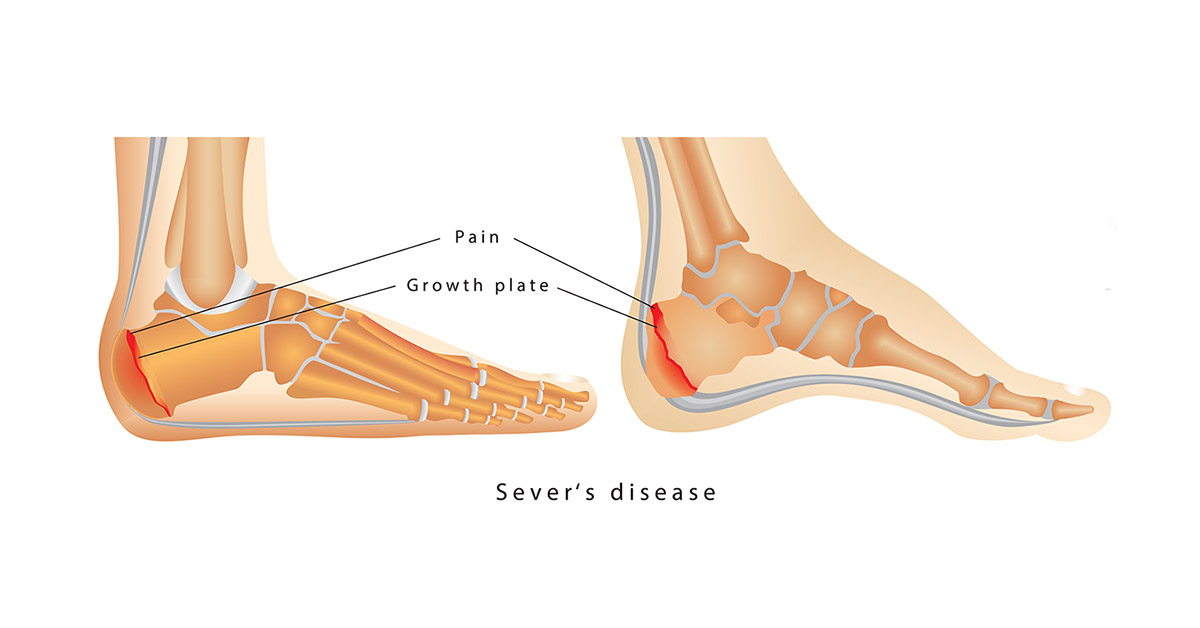
Common symptoms and symptoms:
- Pain in the heel of the affected side (although Sever’s disease can also occur in both heels).
- Pain can be aggravated by running or jumping, or even just by walking.
- The pain may cause your child to limp, or run awkwardly.
Note that even though inflammation is causing the pain in the heel, the heel itself may not appear swollen or red.
Sever’s disease is also usually not evident in any way on an X-ray – the diagnosis must be made through examination by a trained professional, such as those at BodyViva.
How long does it take to get better?
In our experience here at BodyViva, for minor cases of Sever’s disease, symptoms may resolve with treatment in as little as 2 weeks. More severe cases can require longer periods (up to 6-12 months) of treatment or rest from physical activity to properly resolve. The condition can also tend recur while the child is still growing. When heel bone growth is complete (usually by age 12-15), the growth plate fuses, and is no longer susceptible to aggravation and inflammation.
In more severe cases, or if the condition is left untreated and allowed to worsen during a growth phase, it may cause ongoing problems, such as permanent bone deformity (in extreme cases). Other potential long-term consequences include foot arch problems, resulting in plantar fasciitis or heel spurs, and tight calf muscles, resulting in achilles tendonitis.
How do we get it better?
Depending on the stage and severity of the condition, it is usually necessary to reduce the amount of physical activity, or to even temporarily cease it altogether. This is to allow the inflammation to settle, and prevent continued re-aggravation.
The main aim of treatment is to take the pressure off the growth plate at the back of the heel bone. To do this your therapist may have to reduce tension in the calf muscles through various techniques such as massage, stretching, muscle energy techniques, acupuncture, etc. Gentle joint mobilisation techniques for the ankle may also be required. In some cases, a heel lift inserted into the shoe, or other form of orthotic device, may be beneficial in reducing pressure on the back of the heel.
Other treatment techniques may need to be utilised to reduce inflammation around the heel such as ultrasound, ice, etc. Your therapist may also prescribe exercises or stretches to speed up recovery.
Depending on the specific causative factors for your child’s condition, treatment strategies may need to be varied. Your therapist, who has examined your child’s individual case, will be the best person to speak to for friendly advice and suggestions to optimize recovery and minimise the likelihood of recurrence.
Are you experiencing the symptoms of Sever’s disease, Contact BodyViva today, to find out we can help you live a pain-free life.


